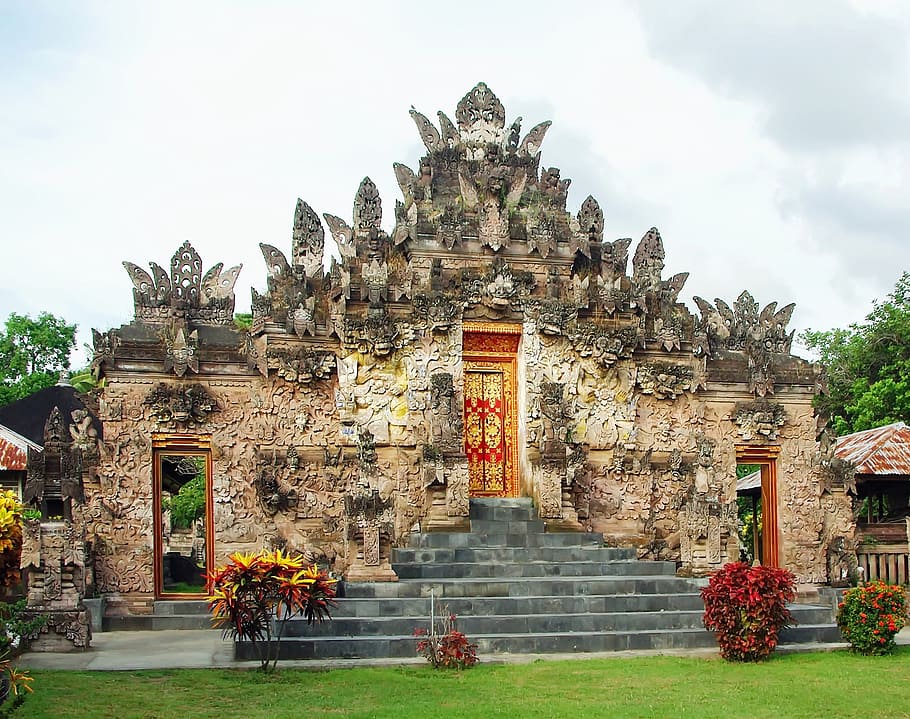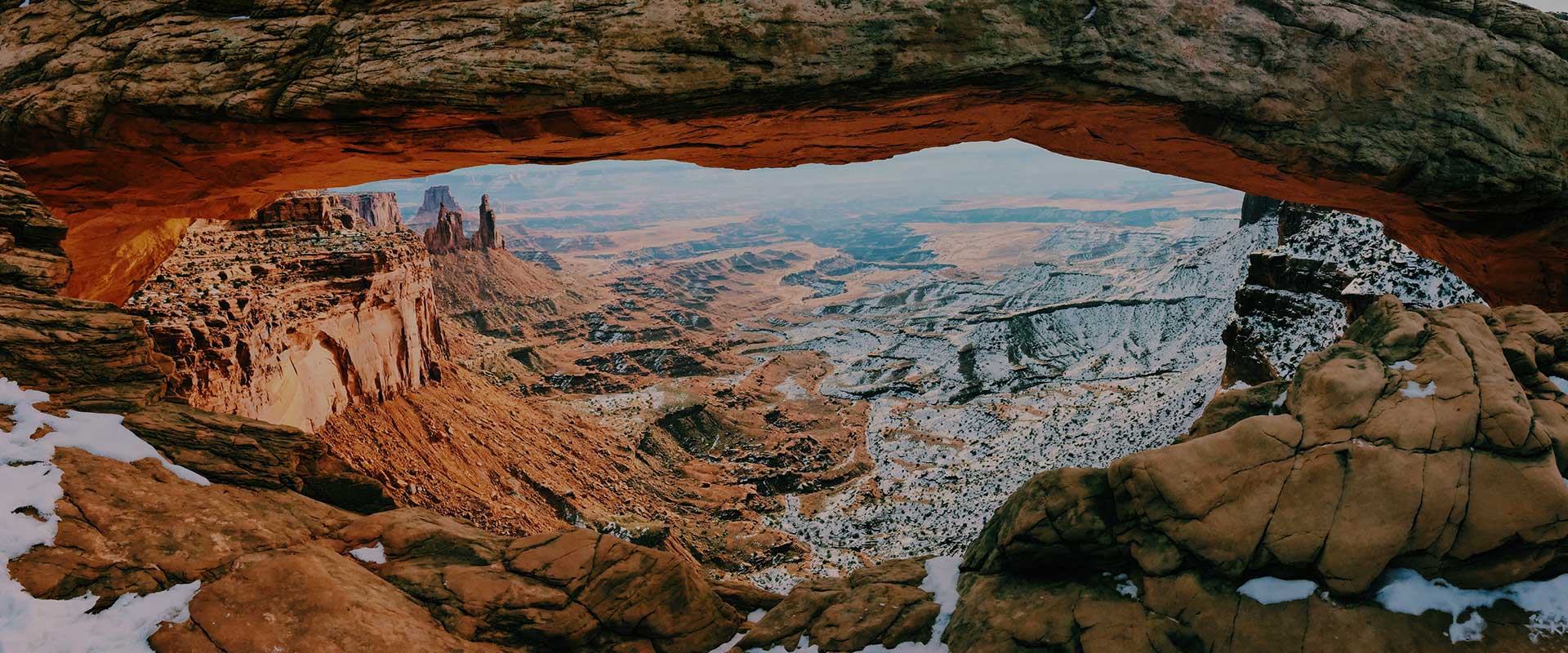The temple of Pura Beji is a large and beautiful temple complex in the village of Sangsit in northern Bali, dating back to the 15th century, during the expansion of the Majapahit kingdom of Java. The temple is revered by the farmers of the village and is unique in Bali, as it also serves as a «pure puseh» or the central temple of the village.
The Pure Beji is added to the list of historical landmarks that you can mark on your sightseeing tours to northern Bali. It is located seven kilometers east of the regency capital of Buleleng, Singaraja, and eight kilometers by car from Lovina Beach.
The Pure Beji Temple of Bali
The time-worn structures and walls within the complex are exquisitely contrasted by the manicured green lawns and the tropical gardens . The bases of the sanctuaries and the white sandstone walls are covered with matrices because they are inspired by the great Hindu epics with a mixture of fables and legends, such as snakes, threatening demons and guardians.

The stone stairs and the doors of the temple of Pura Beji also have intact statues. It is a great stop for art lovers and architecture lovers. Roaming through the whole complex can easily take an hour. The name «beji» in the local language means purification by means of holy water. Because it happens that the Pure Beji Temple was built on a well.
Venerated by the local farmers as a pure subak or Balinese collective irrigation temple. Because it worships the goddess of rice and fertility Dewi Sri and also presents a bit of anachronism. Two statues of Dutch musicians, each with a guitar and a rebab. These may have been added later in time, as with the motifs found in the Pure Meduwe Karang temple further west in the village of Kubutambahan. No entrance fees, except for a donation box next to the guest book at the entrance, as well as conventional rental of waistbands.
The interior of the Pura Beji temple
Pura Beji dates from the 15th century, during the time of the arrival of Brahmins in Bali from the Hindu Majapahit Kingdom of Java. At that time, the village of Sangsit was known as Beji.Pura Beji was built during the reign of Pasek Sakti Batu Lepang in northern Bali. The architect and maintainer (pengempon) of Pura Beji was Truna Pesaren.
The word Beji has the same meaning in the Balinese temple pond, similar to one in Pura Tirta Empul. This associates Pure Beji with purification by means of holy water. In fact, an ancient pond supposedly fed by an ancient well has been discovered on the east side of Pure Beji.
Because of its association with a water source, farmers throughout the village of Sangsit revered Pura Beji as pure subak. Subak is a term for the Balinese rice irrigation system that was introduced in 1074 during the reign of Marakata. Because of this, the temple is also known as Pura Subak Beji, and is highly revered by the farmers who honored it in return for the fertility of their rice field.


